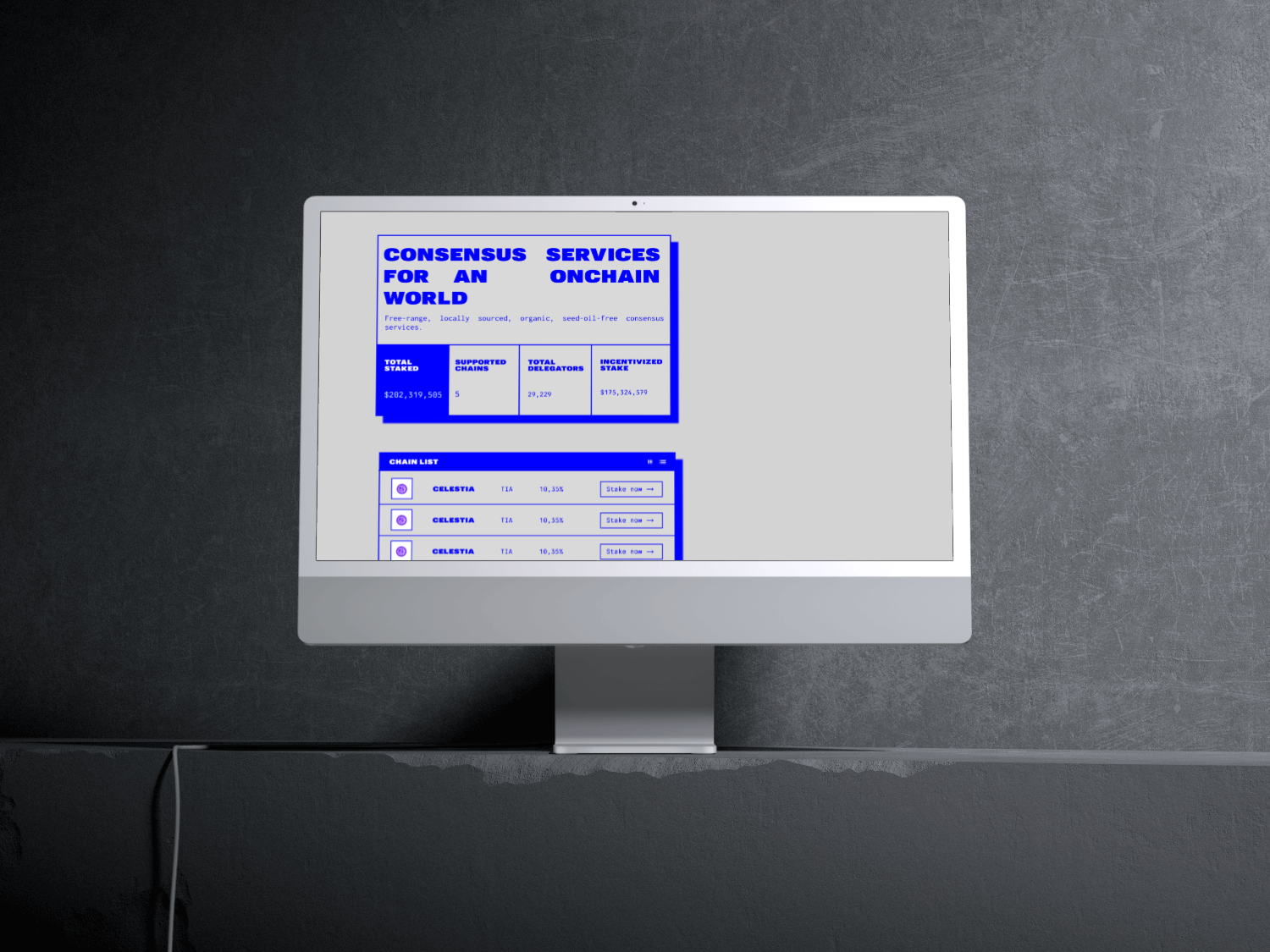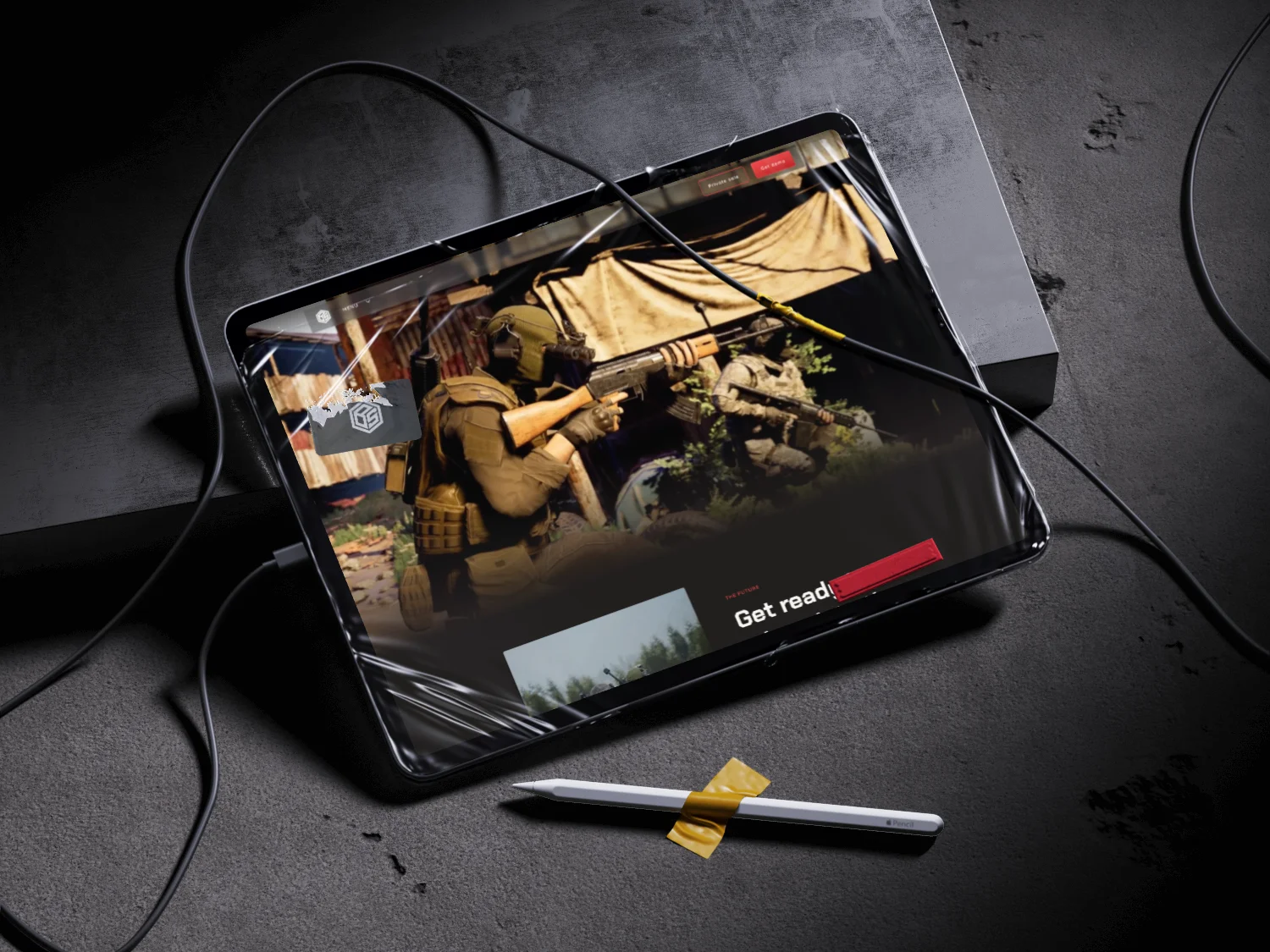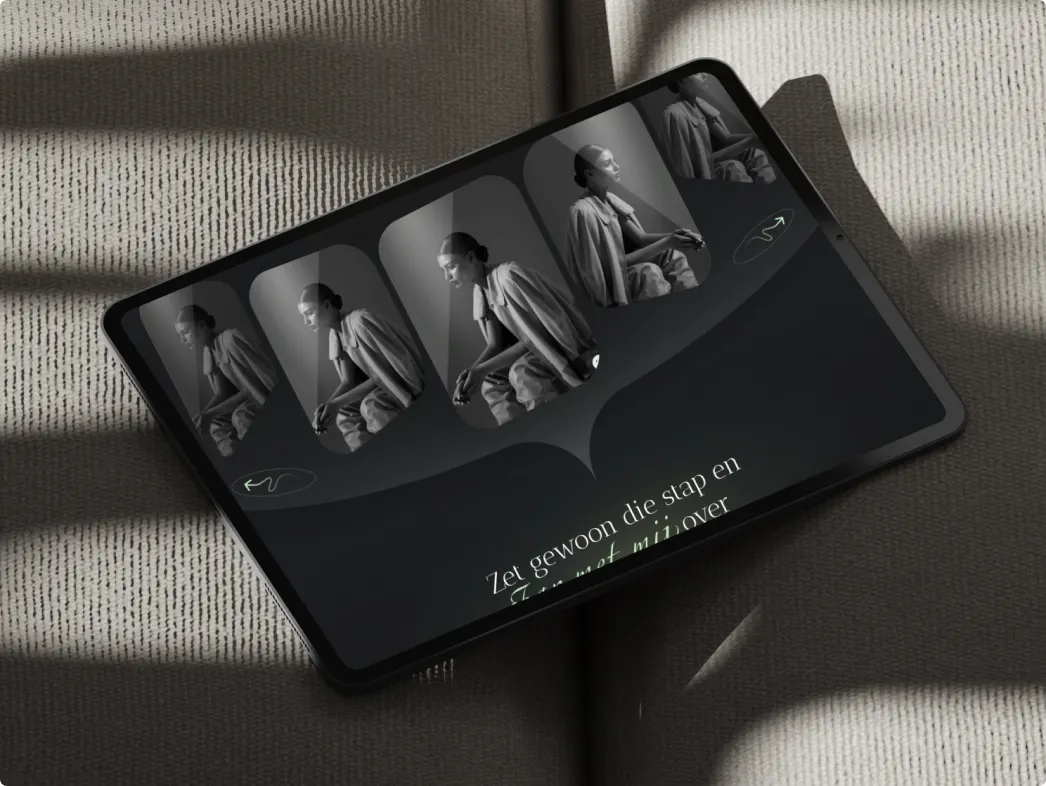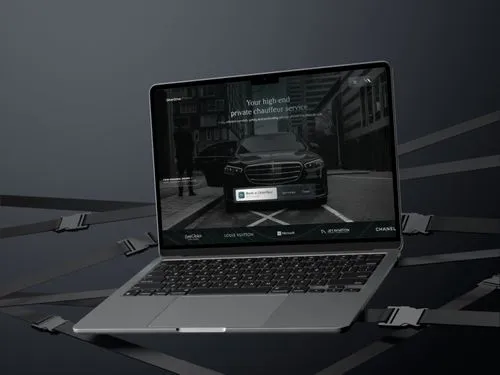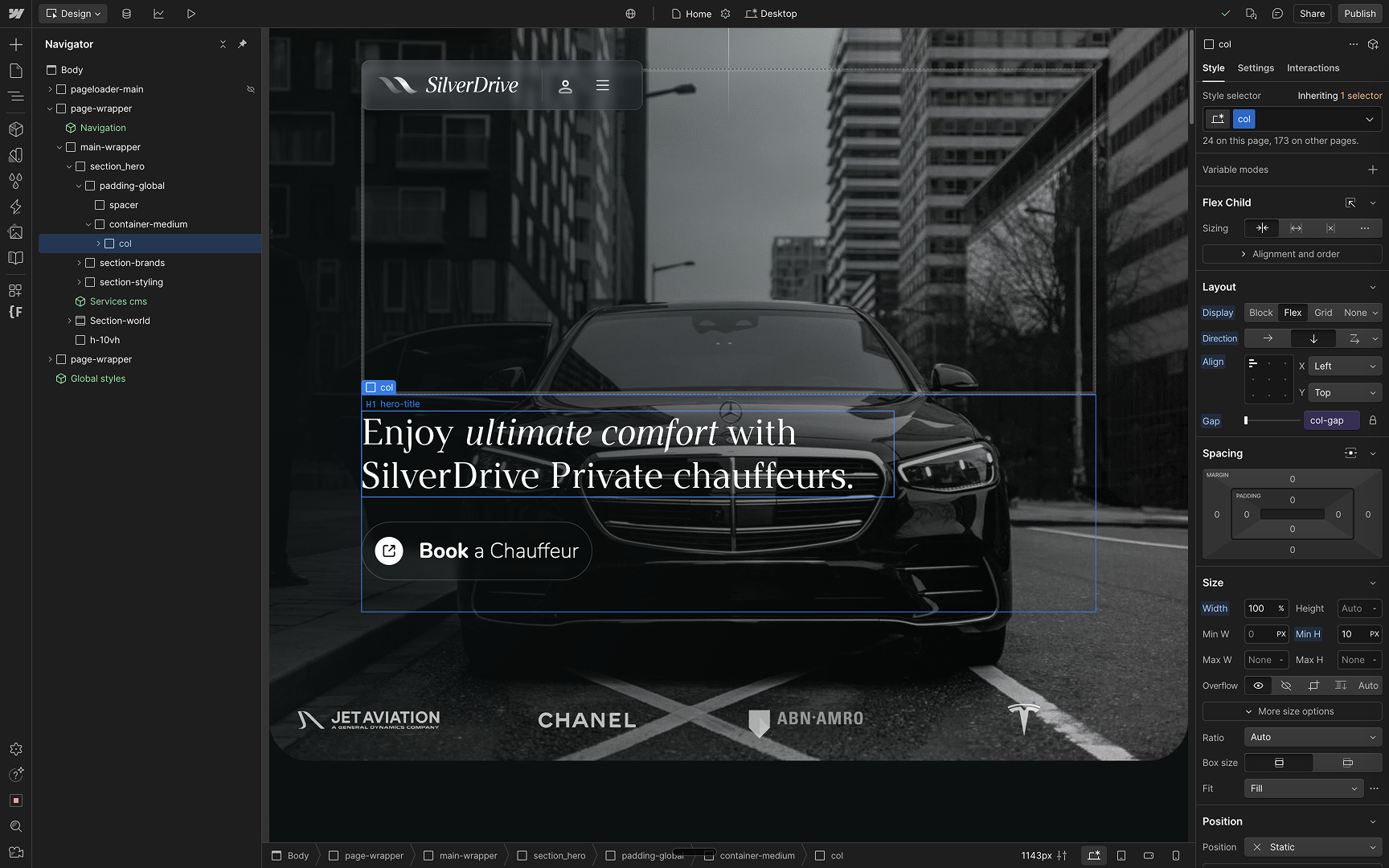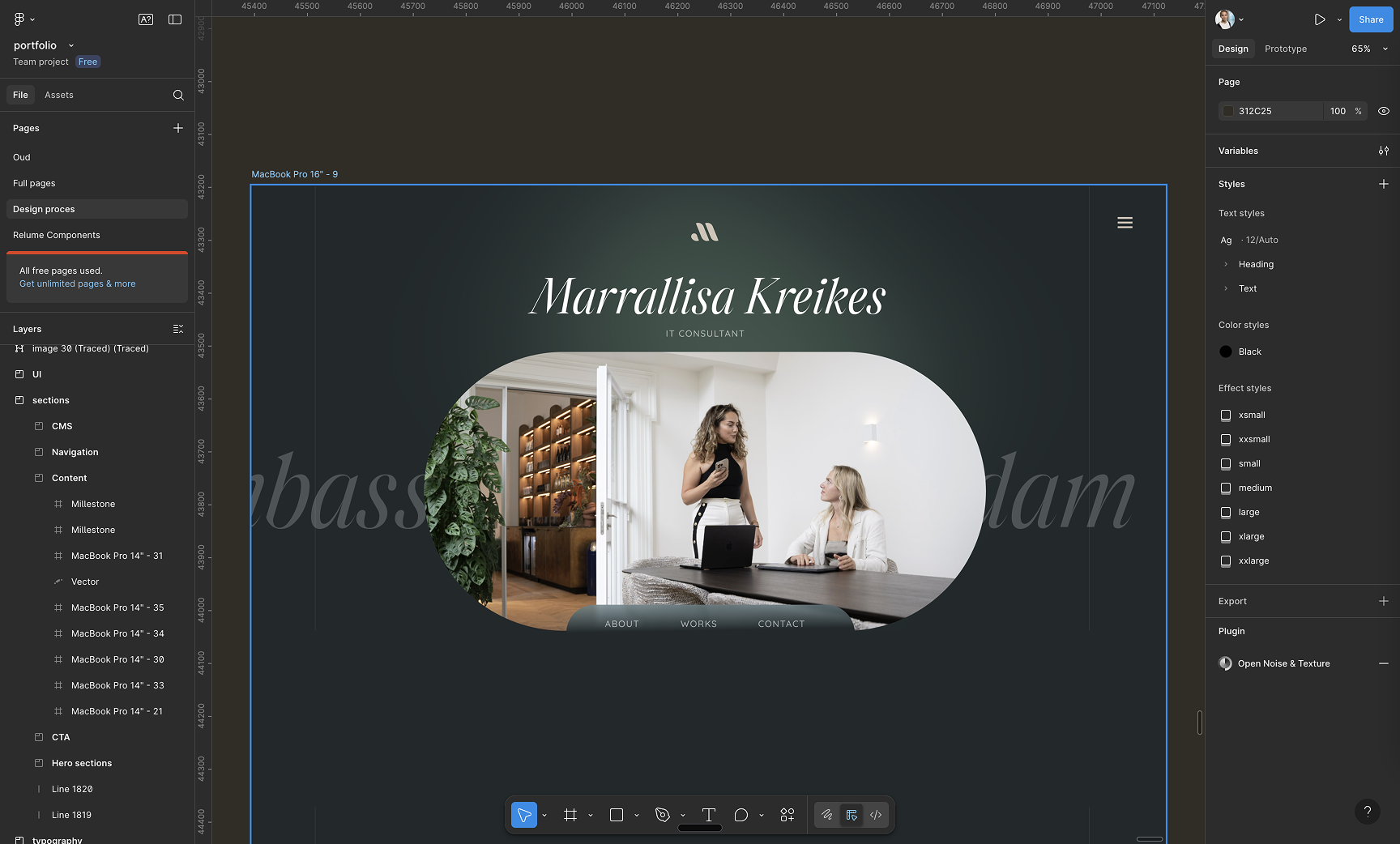Last updated:
September 10, 2025
Authentic Growth: Proven Tips for Scaling
Discover authentic growth strategies for scaling your business. Learn proven methods to attract leads, convert traffic, and build a lasting brand. Explore now!
For the ambitious, stretched, and done guessing: a practical sermon on honest growth
You are moving fast. You have traction, paying customers, and a product that deserves more spotlight. Yet your website does not feel like you anymore, your traffic does not convert reliably, and your agency looks busy but not effective. If you are a funded startup, a scale-up, or a mid-sized company with 1 to 20 people and revenue between €100k and €5M, this is written for you. You care about details like tone, typography, load time, and the precision of your message, but you do not want to micromanage. You want someone who owns the funnel from traffic to lead to sale, who answers on WhatsApp, and who acts like an extension of your team.
Your pain points are real. “Our website does not reflect who we are anymore.” “We are getting traffic, but it is not converting.” “We have outgrown our agency.” “We are scaling fast but need a system behind content and SEO.” “We are rebranding and need help connecting story, SEO, and design.” If that sounds familiar, keep reading.
Viralistic builds conversion-driven websites and content systems that make a lasting impression. Strategic clarity. Clean design. Words that sell. And an honest growth engine that is built properly. Especially if you are in a luxury or high-consideration market, you need a brand that attracts the right buyers and filters out the rest. That is where our special marketing technique comes in.
The sermon: be authentic in a world of push and pressure
Here is the core idea. In a world full of aggressive outbound and hard-sell tactics, the most effective way to attract clients you genuinely enjoy working with is to be radically authentic. Not performative. Not vague. Real. That means your message, your design, your offers, and your sales behavior must be aligned with your values and with the specific people you want to serve. When you do that, you stop chasing and start magnetizing. You lower friction, raise trust, and build a pipeline of right-fit opportunities.
Authenticity is not about being soft. It is about being precise. It filters out bad-fit leads early. It creates faster sales cycles because buyers feel seen. It makes pricing conversations clearer. It steadies your brand through economic cycles. And it turns your content into an asset that compounds, not a treadmill you resent.
Why authenticity wins now
Firstly, buyers have infinite information and limited patience. They ignore hype and respond to clarity. Secondly, algorithms reward consistent, differentiated brands. Thirdly, the best talent wants to work with companies that say what they mean. Finally, trust reduces friction at every step of the journey.
Authenticity is a system, not a mood
Being authentic is not a tagline. It is an operating system that touches your positioning, message, website, and content. It must be measurable and repeatable. Below is how we build it so that it scales with you.
The operating system: from signal to sale
We connect strategy to execution, so your brand feels like you, ranks in search, and converts. Here is the stack we implement with you.
1. Clarify your ICP and promise
Start with your ICP (your Ideal Customer Profile, meaning a clear description of the companies and people you serve best). Define their pains, priorities, and success metrics. Then craft a single promise that addresses a high-stakes problem. Precision creates resonance.
2. Voice of customer research
Run VOC (Voice of Customer, meaning structured interviews, surveys, and review mining to capture the exact words your buyers use). Use their language on your website. Reduce cleverness. Increase clarity.
3. Own a position you can defend
Positioning (the deliberate choice of category and claim that you want to be known for) is your moat. Choose a narrow hill you can win, then expand.
4. Message architecture that sells
Build a message architecture (a structured hierarchy from value proposition to proof points, objections, and CTAs) for each audience. Make it reusable across pages, decks, and sales scripts.
5. SEO with empathy
Do SEO (Search Engine Optimization, meaning technical and content practices that help your pages rank by matching searcher intent and keeping your site indexable and fast) that maps real buyer questions to pages that answer them. Write for humans, structure for robots, and measure for business impact.
6. Conversion architecture, not gimmicks
Design your CRO system (Conversion Rate Optimization, meaning improving the percentage of visitors who take a desired action, such as booking a demo) around trust, proof, and clear next steps. Then map the funnel (the staged path from first touch to purchase) so prospects always know what happens next.
7. A content engine that compounds
Build a cadence that fits your team. Think one flagship piece per month, repurposed into search pages, social posts, and enablement assets. Simplicity scales.
8. Design for momentum
Design for UX (User Experience, meaning the ease, clarity, and delight a user feels as they navigate your product or site) and performance. Fast pages. Thoughtful typography. Enough whitespace to breathe. Form fields that respect time.
9. Measure one metric that matters
Choose a North Star Metric (a single metric that best captures the value you deliver, such as qualified demo requests per week). Instrument everything to support it. Meet weekly. Decide quickly.
Tactics that keep you honest
The right tactics operationalize authenticity so it shows up in every click and conversation.
- Proof over promises: lead with outcomes, client quotes, and before or after snapshots.
- Pricing transparency: show ranges and what is included. You will lose tire-kickers and gain decisions.
- Founder point of view: ship essays, not press releases. Clarity beats polish.
- Anti-persona filters: state who you are not for to save everyone time.
- Unsubscribe UX that respects: no tricks, no traps, no dark patterns.
- Speed to value: quick wins within 14 days to earn the right to go deeper.
Case-style examples
Below are condensed examples that show how this approach works in practice. Each includes a brief intro, the application, pros and cons, and a takeaway you can use today.
Example 1: B2B SaaS scale-up in logistics
Intro: A funded logistics SaaS had strong demos but weak website conversions. Lots of traffic, few qualified leads.
Application: We led VOC interviews, tightened the ICP, and rebuilt the homepage with a message architecture mapped to three roles. We added proof modules, a live ROI calculator, and a streamlined demo flow. We also rewrote and restructured core pages for SEO (explained above as practices that help pages rank for buyer intent) to capture intent terms the sales team kept hearing.
Pros: Faster demo requests, better lead quality, fewer no-shows. Search pages climbed steadily. Sales calls started with trust.
Cons: Saying no to broad keywords felt risky at first. Narrowing the message meant fewer top-of-funnel leads.
Takeaway: Narrow to grow. Specific language for specific buyers beats generic reach that wastes time.
Example 2: Luxury DTC brand expanding to the EU
Intro: A fast-moving luxury brand with real traction wanted performance without losing its aura.
Application: We defined a luxury ICC variation and rewrote category pages with story-led SEO. We protected imagery and pacing while adding CRO (defined earlier as improving the rate of desired actions) elements like social proof, transparent shipping, and tailored CTAs for first-time buyers.
Pros: Higher AOV, improved organic visibility, and a lift in returning customers.
Cons: Balancing minimalism with clarity took iterations. Every pixel carried meaning.
Takeaway: Luxury converts when clarity supports desire. Do not hide essential details behind mystique.
Example 3: Seed-funded AI tool with founder-led sales
Intro: Brilliant product, scattered message. The founder was doing heroic sales, but the site lagged.
Application: We distilled a crisp position, launched one flagship educational page, and layered in intent pages. We added a guided trial path aligned to the funnel (the staged buyer journey, defined above), and implemented simple analytics with a North Star Metric (defined earlier).
Pros: Shorter sales cycles, more self-qualified trials, clear weekly focus.
Cons: Less content volume than competitors. Needed patience for compounding effects.
Takeaway: One excellent piece that anchors your category can outperform a dozen average posts.
Example 4: Professional services firm rebrand
Intro: A boutique consultancy had outgrown its look and message.
Application: We created a message architecture (defined earlier as the hierarchy of messages), tightened the services page, added case stories with outcome metrics, and implemented WhatsApp contact as a secondary CTA for speedy collaboration.
Pros: Higher close rate and warmer inbound. Prospects referenced case stories on first calls.
Cons: Gathering proof assets took time. The team had to dig for hard numbers.
Takeaway: Proof is the shortcut to trust. Build a habit of recording outcomes after every project.
How we partner without the agency drag
We prefer sprints over sprawling retainers. Weekly working sessions. Slack and WhatsApp responsiveness. Clear owners and deadlines. First, we align on strategy. Then we ship the highest-leverage pages and flows. Finally, we scale what works. If you want an easy-to-reach sparring partner who cares about your business and moves fast, let us show you how we work.
Ready to build your growth engine the honest way?
If your website is off, your traffic does not convert, or your story is blurry, it is time to install a system that mixes authenticity with performance. Start with a quick conversation. Bring your goals, your constraints, and your curiosity. We will bring clarity, a plan, and momentum. Reach out here: https://viralistic.nl/contact/.
People also ask
What does “authentic marketing” actually mean in practice?
It means aligning your positioning, message, website, and sales behavior with your values and your best-fit customers. Practically, that looks like precise ICPs (Ideal Customer Profiles, meaning specific groups you serve best), clear promises, proof-rich pages, and honest CTAs that guide the next step.
How do you measure the impact of authenticity on revenue?
Track qualified pipeline created, sales cycle length, close rate, and customer retention. Support with leading indicators like demo request quality, reply rates, and content-assisted conversions.
Will being authentic lower conversions because I am “too honest”?
It will lower unqualified conversions and raise qualified ones. Expect fewer tire-kickers and more right-fit buyers. Net revenue typically increases because sales cycles shorten and churn drops.
How do I keep SEO from diluting my brand voice?
Write for humans first, then structure for search. Use SEO (Search Engine Optimization, defined above) to match real questions with helpful answers while preserving tone. Add schema and internal links without stuffing keywords.
What is the balance between CRO and aesthetics?
CRO (Conversion Rate Optimization, defined earlier as improving the rate of desired actions) works best when it enhances clarity and trust without clutter. The goal is to remove doubt and create momentum, not to shout.
What metrics matter most early on?
Pick one North Star Metric (a single measure that captures core value, like qualified demo requests), then support it with page speed, bounce rate on key pages, and form completion rate.
How fast can we see results?
You can see leading indicators in 2 to 4 weeks with improved clarity and CRO. Organic search gains compound over 3 to 6 months as pages index and earn trust.
Does this work for luxury brands?
Yes. Luxury buyers crave clarity as much as desire. Authentic storytelling, transparent policies, and minimal but clear UX (User Experience, defined earlier) increase confidence and purchase intent.
Do I need paid ads for this to work?
No, but paid can accelerate learning. Use paid to test messages and drive early traffic to your best pages, then let organic and referral compounding do the heavy lifting.
How do I make my website “feel like us” again?
Start with VOC (Voice of Customer, meaning interviews and message mining), a fresh message architecture, and a design system that reflects your taste and performance needs. Then ship a focused set of high-impact pages.
What is a message architecture and why does it matter?
It is a structured hierarchy of your core value proposition, supporting benefits, objections, proof, and calls to action. It keeps every page and sales touch consistent and persuasive.
How do you prevent “pushy” tactics while still converting?
Use clear next steps, transparent pricing ranges, and proof modules. Remove dark patterns. Invite, do not ambush. The result is more trust and better-fit sales conversations.
Which content should we create first?
One flagship piece that earns links and authority, plus a small set of high-intent pages that map directly to key buyer questions. Repurpose into social and sales enablement.
Can you work as an extension of our team?
Yes. We prefer embedded collaboration with weekly working sessions and fast comms on WhatsApp. You get strategic clarity and hands-on execution without the agency drag.
How do we get started?
Simple. Book a short intro call and bring your goals. We will map your ICP, audit your website and funnel (the staged buyer path, defined earlier), and outline a 90-day plan. Start here: https://viralistic.nl/contact/.
